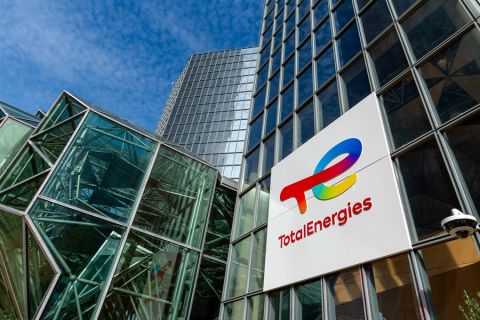The U.S. government is considering changes to policies for oil companies operating in the offshore Gulf of Mexico (GoM) that might allow existing platforms to lengthen extensions to remote wells, a U.S. official said Aug. 17.
Oil companies operate 68 offshore deepwater platforms in the GoM. To keep costs in check, companies often drill new wells within about 25 to 30 miles of these existing platforms, and connect those new wells with what are known as tiebacks.
The U.S. Bureau of Safety and Environmental Enforcement (BSEE) is reviewing policies that limit the length of those tiebacks, director Scott Angelle told Reuters on Aug. 17. More details will be available later this year, he said.
The bureau is considering whether there is "a policy change that can make subsea tiebacks and investment into the Gulf of Mexico bigger, broader and bolder for the next decade," Angelle said.
Oil production from the U.S. GoM hit an all-time high of more than 2 million bbl/d last year. Production has retreated to about 1.6 million bbl/d after oil prices crashed earlier this year as demand contracted due to the coronavirus pandemic.
The BSEE is examining utilization of the Gulf's oil-producing platforms, and whether they are being used as fully as possible, he said.
"The last thing we want to do is have an asset of the American people that is stranded and left behind," he said.
Recommended Reading
TotalEnergies to Acquire Remaining 50% of SapuraOMV
2024-04-22 - TotalEnergies is acquiring the remaining 50% interest of upstream gas operator SapuraOMV, bringing the French company's tab to more than $1.4 billion.
TotalEnergies Cements Oman Partnership with Marsa LNG Project
2024-04-22 - Marsa LNG is expected to start production by first quarter 2028 with TotalEnergies holding 80% interest in the project and Oman National Oil Co. holding 20%.
Is Double Eagle IV the Most Coveted PE-backed Permian E&P Left?
2024-04-22 - Double Eagle IV is quietly adding leases and drilling new oil wells in core parts of the Midland Basin. After a historic run of corporate consolidation, is it the most attractive private equity-backed E&P still standing in the Permian Basin?
Brett: Oil M&A Outlook is Strong, Even With Bifurcation in Valuations
2024-04-18 - Valuations across major basins are experiencing a very divergent bifurcation as value rushes back toward high-quality undeveloped properties.
Marketed: BKV Chelsea 214 Well Package in Marcellus Shale
2024-04-18 - BKV Chelsea has retained EnergyNet for the sale of a 214 non-operated well package in Bradford, Lycoming, Sullivan, Susquehanna, Tioga and Wyoming counties, Pennsylvania.




